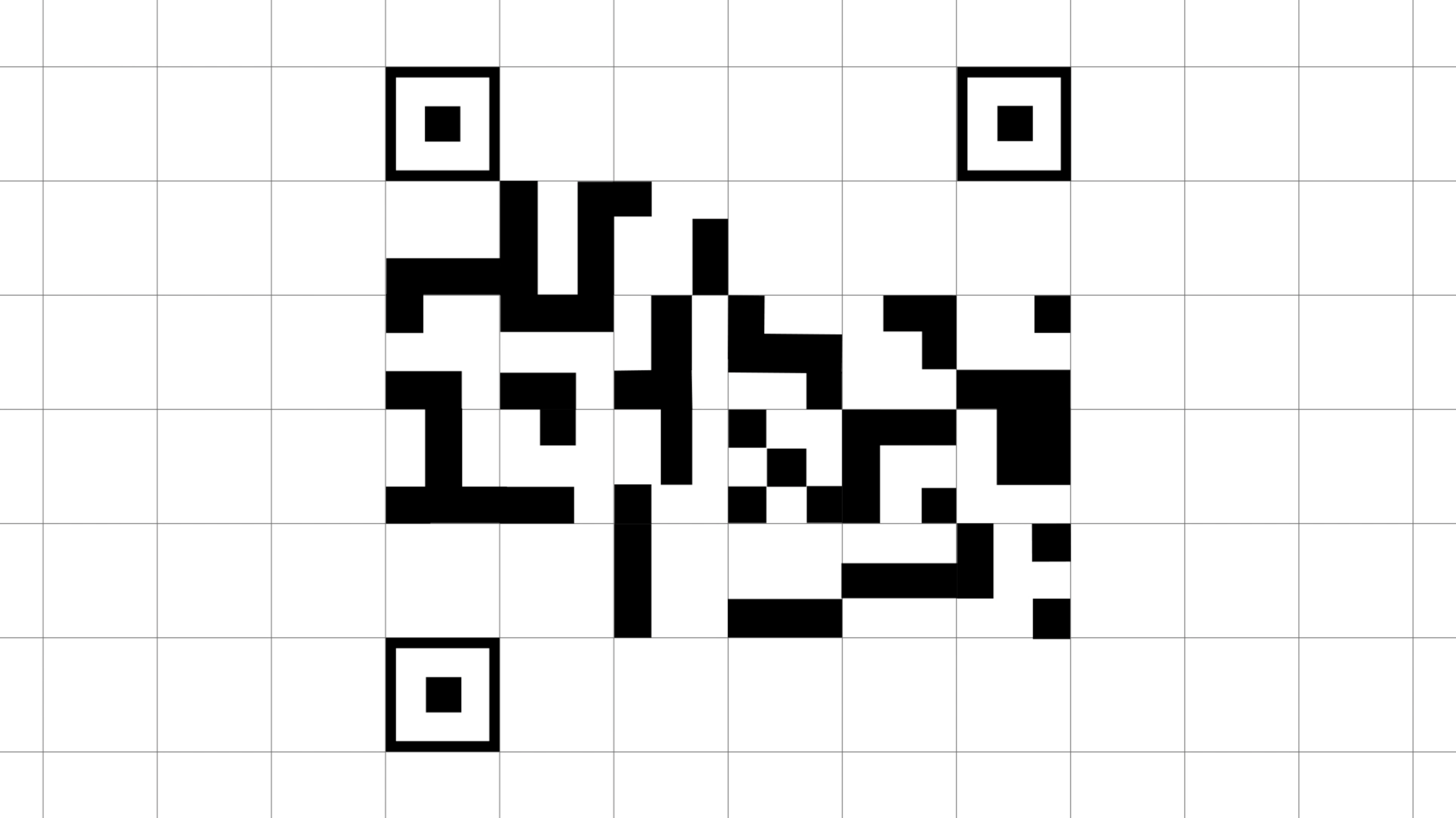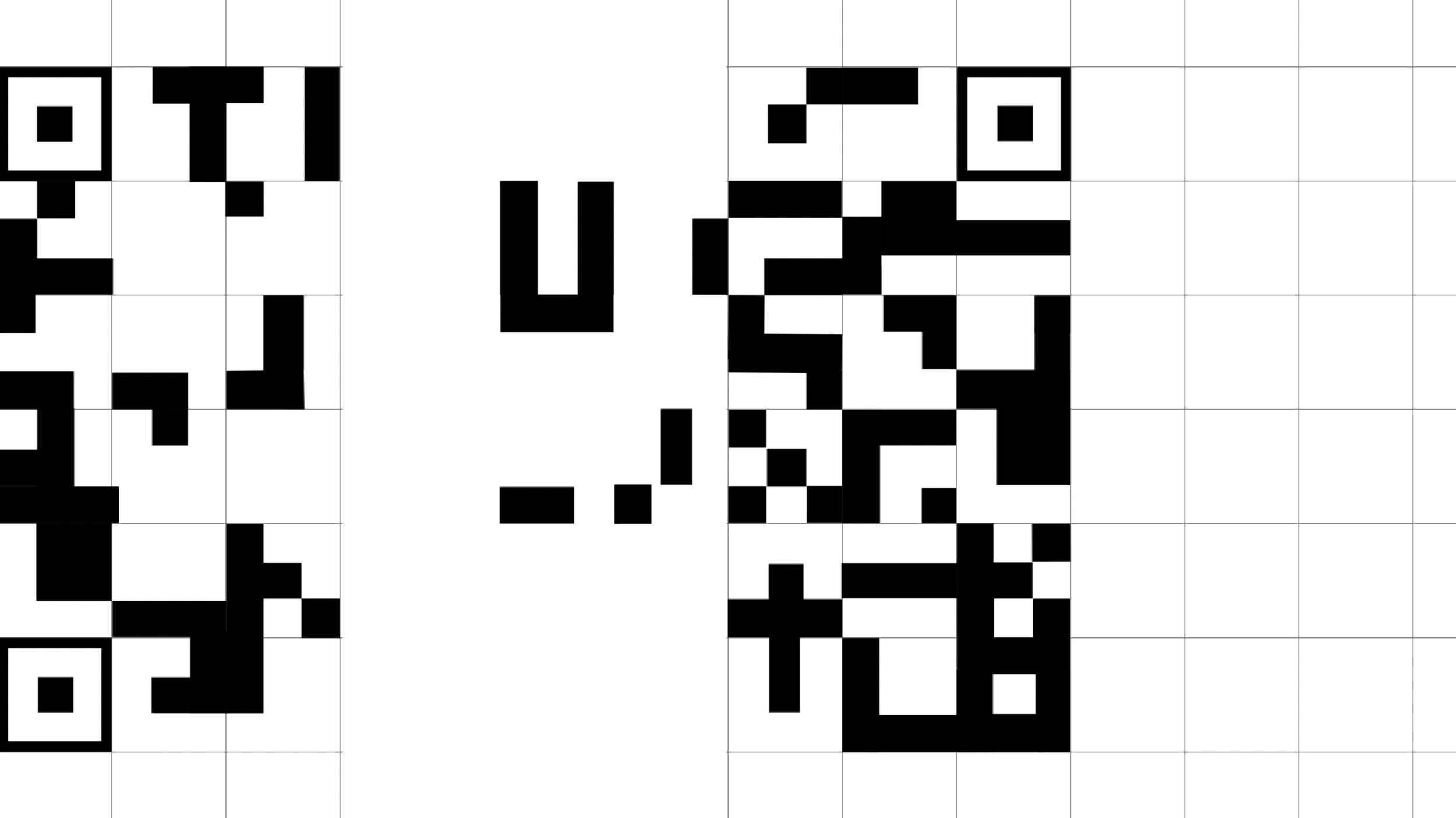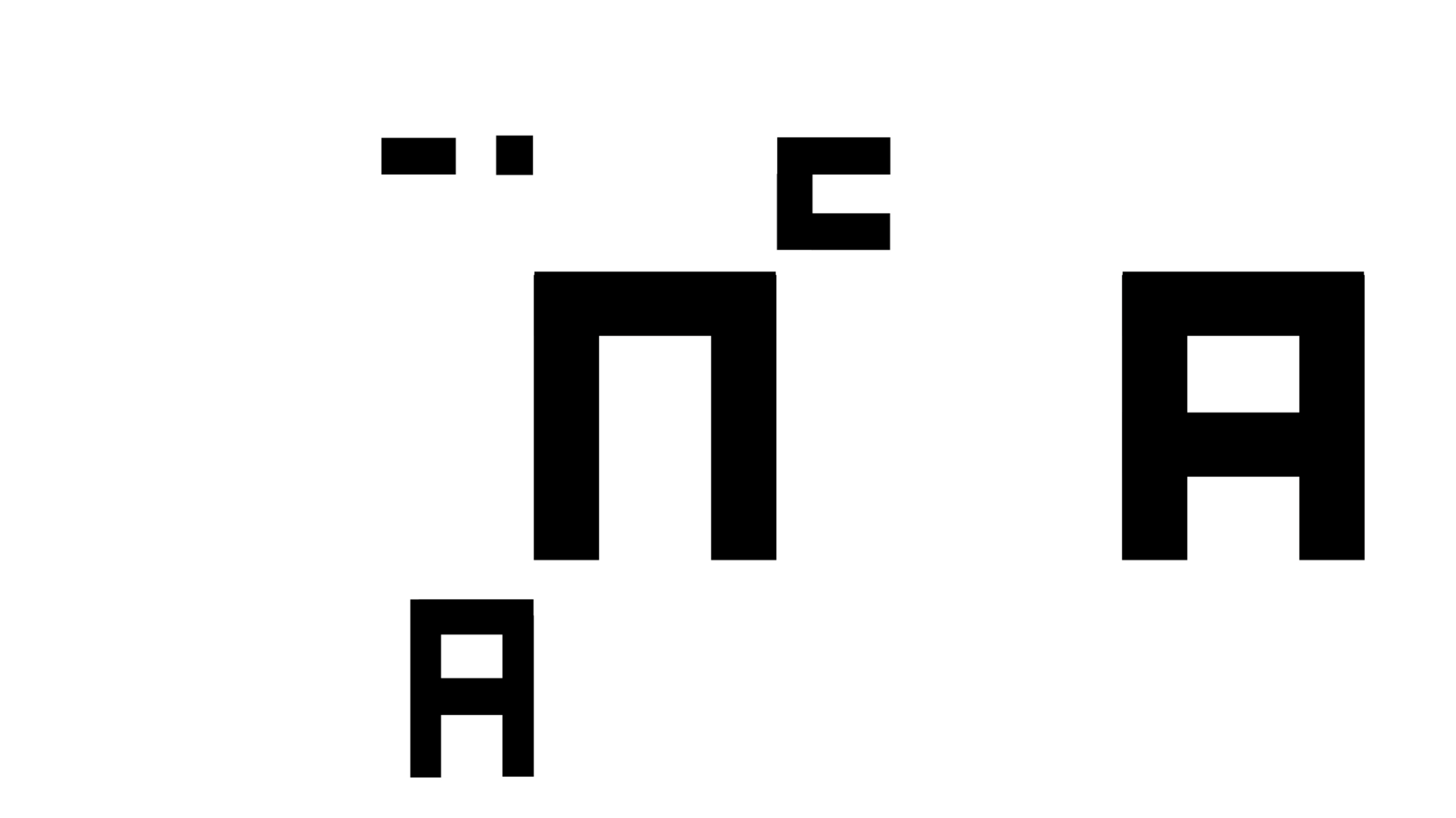IANNA
Produced to be the title sequence for an tv-adapted short story, called iAnna, which contains the tale of a young schizophrenic women who believes she sees the world through an iPad.
A first year university project, with a focus of gaining an understanding of the historical and contemporary history of motion graphics and sequential design. This 20-second title sequence crafted via a process of iteration, feedback and experimentation. The final outcome designed to visualise a faceless, or featureless, technological production line wherein everything looks the same at first. Until there is a snap or break in the narrative and then more is revealed. This sequence matching the themes within the written short story it is produced for. With final frames below.
DETAIL










IANNA
After researching into various topics within the story such as; mental health, dystopian timelines and modern technology. A concept emerged that connected the three, a way to show humans being produced in a similar way to modern hardware. An abstraction of an assembly line, which would then develop into something else, was created as one of the ways to test this initial concept. With an alternative ASCII code inspired animation, combining letters and numbers, also designed. The first concept felt stronger however due to the angle, chosen at the time, the correct placement of shapes was harder to accomplish.
REASON
IANNA
With strong themes of modern and advanced technology, dystopia and mental health. A target demographic of teenagers and adults was thought to be the most appropriate. With this being the feedback group, informed choices and changes were able to be made once feedback had been received. This demographic was chosen as they have a pre-existing understanding of these themes already. Within this group, people with an interest in advancing technologies and futuristic books and films were focused on, when it came to feedback, as these were some of the core themes that the title sequence concentrated on.
Once the opening research phase, initial testing and target group consultation had been undertaken, different moodboards were produced. One to visualise the theme of dystopia and advanced technology in movies and other sequential design [top] and one to show alternative examples of technology and mental health in media [bottom].
DEMOGRAPHIC
IANNA
The final sequence, along with different tests and experiments, was produced in Adobe After Effects. With help from Adobe Photoshop and Illustrator to produce both the QR code used within the final sequence alongside different versions of this and other tests. However before the software stage started, a couple of different concepts were mapped out using storyboards to better visualise these and also to ensure that the sequence would be 20-seconds, below is the first [left] and final [right] boards for the chosen concept. Once the sequence length was assured along with feedback from both tutors and the target demographic, the QR code concept was fine-tuned and development went ahead.




